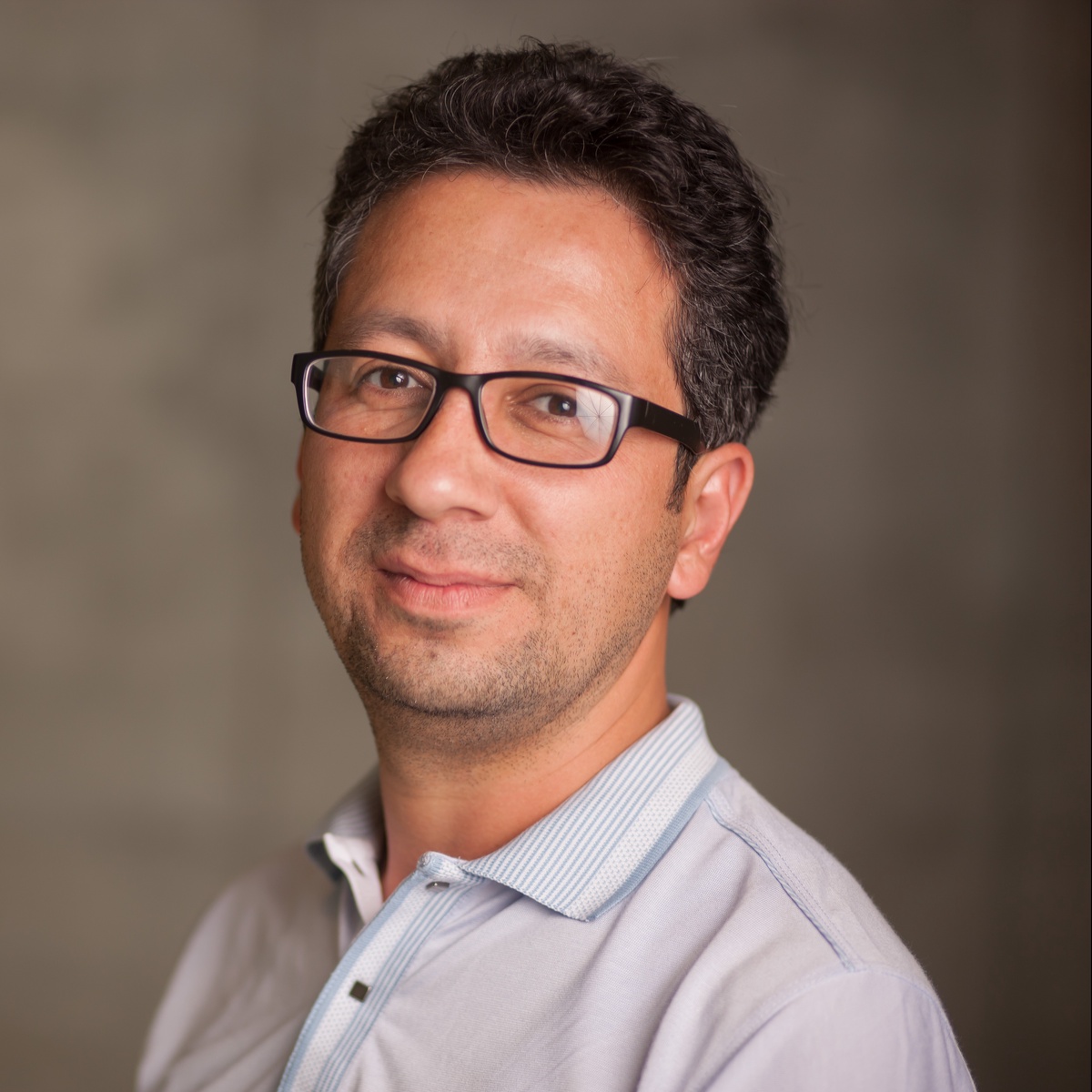Our country has an ancient and rich history, in which, along with the general historical process of cultural development, only the features and laws specific to the past of our country are reflected. Ancient settlements preserved on the territory of our country served as an important factor ensuring historical-cultural consistency and traditionality. On the basis of this factor, specific stages of development were formed and developed in this area, which were different from time to time, but were strongly connected from the ethnic, historical and cultural point of view.
For several decades, the monuments of antiquity in the southern region of Uzbekistan have attracted the attention of not only scientists of our country, but also foreign specialists. In this regard, archaeologists from the Institute of Art Studies and Soka University of Japan and the Museum of the Ancient East (Tokyo), Kashihara Institute of Archeology (Japan), International Institute of Central Asian Studies (Samarkand), Museum of Oriental Art (Moscow), Sorbonne (Paris), Harvard (USA) , the Institute of Archeology (Moscow) obtained scientific innovations based on long-term cooperation. This serves as an important basis for studying the technological style and features of ancient art, which now needs to be restored.
Also, determining the technology of making the main types of raw materials and items related to the art of ossification of the ancient period allows to interpret the archaeological materials in a completely new way.
Currently, there are about 5,000 archaeological monuments in our country, and their research and archaeological excavation using modern geophysical, biological, physico-chemical technologies is carried out mainly with the support of experts from foreign expeditions. Taking into account that most of the archeological monuments of the ancient period in our country are architectural structures built of raw bricks and straw, the need to develop local specific geophysical equipment is felt to determine their paleolandscape and planigraphy. In particular, training of national personnel, formation of practical skills and improvement of their qualifications is required in this field.
In order to fill this gap in the science of archeology, together with the experts of the Institute of Art Studies of the Academy of Sciences and the Advanced Technologies Center under the Ministry of Innovative Development, research is being conducted on a three-year targeted practical project called "Application of innovative geophysical, biological, physico-chemical technologies in the research of archaeological monuments".
The interesting thing is that monuments can be studied using modern geophysical methods along with traditional methods. The studies provide a great deal of information from the point of view of geophysical research of the cultural layer of the monument, its spatial structure, and the purposeful selection of the site for the excavation of individual archaeological objects.
Today, in our country, there is very little experience in the use of harmless methods of geophysics in the study of archaeological monuments. Within the framework of the project, archaeologists of the Institute of Art Studies, geophysicists of the Center of Advanced Technologies aim to study the archaeological monuments of the Kushan period in Surkhandarya region.
This area is one of the most ancient and rich history of our country. Comprehensive research of archaeological monuments in the region using innovative technologies will serve as an important resource not only for studying our rich history, but also for introducing young people to archaeological sites and turning the discovered ancient architectural examples into open-air tourism objects. As a result of the implementation of the project, using innovative geophysical, biological, physico-chemical technologies, the paleolandscape and planigraphy of the Kushan period monuments - Dalvarzintepa, Karatepa, Khairobodtepa and Loylaganmozor mound monuments in Surkhandarya region will be determined. This, in turn, allows us to get new information about urban planning and objects of material and cultural heritage of the Kushan period.
As part of the research, it is possible to determine the geographical coordinates of the objects in Khayrobodtepa and Qoratepa archaeological monuments with the help of GNSS (Global Navigation Satellite System) receiving equipment, connect them to geophysical data and create a photogrammetric view. These scientific results are useful in the research of other archaeological monuments of ancient times in our country using innovative geophysical methods. This, in turn, serves to develop the tourism sector, increase the number of domestic and foreign tourists, train national personnel in the field and improve their qualifications.
